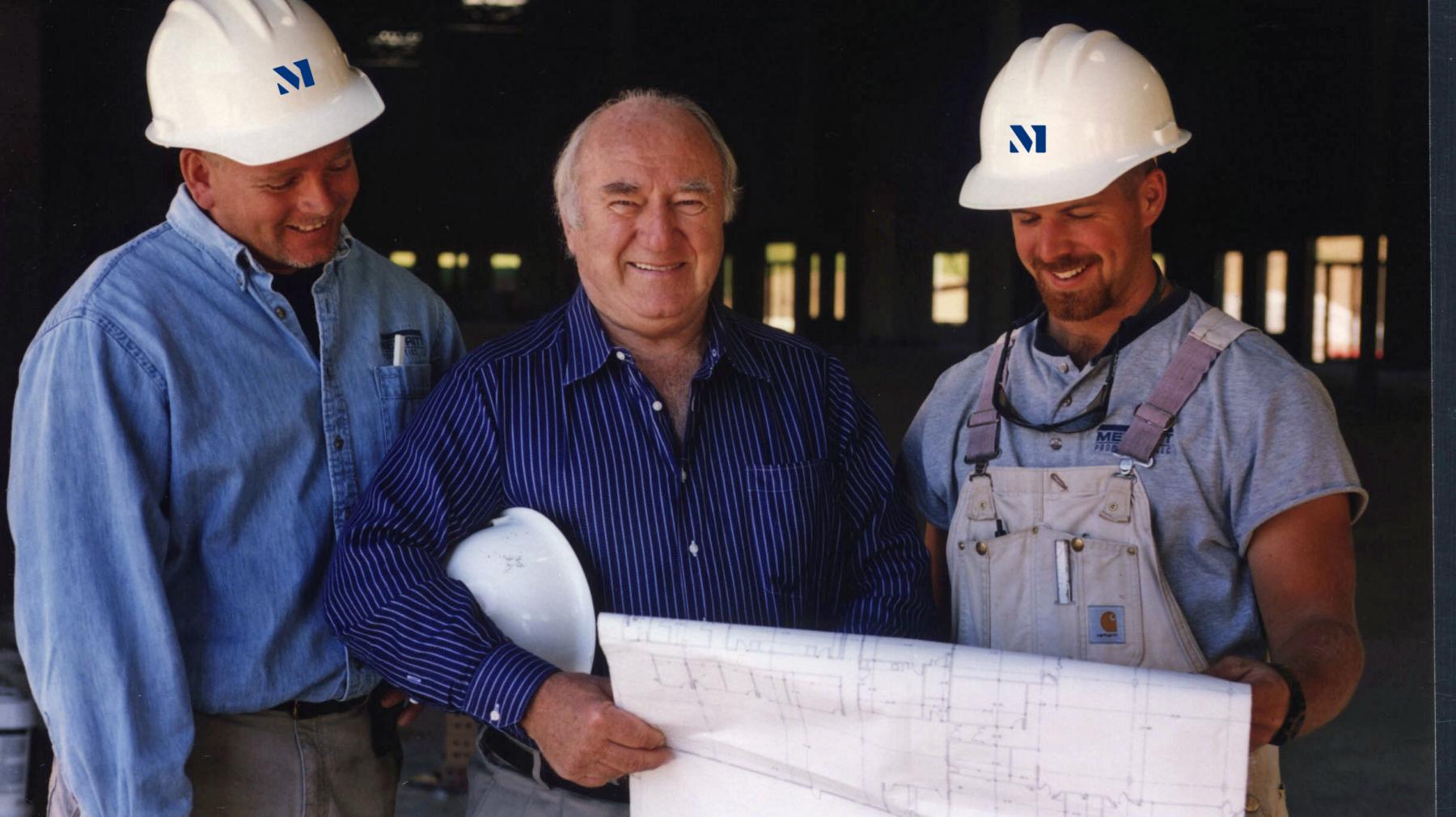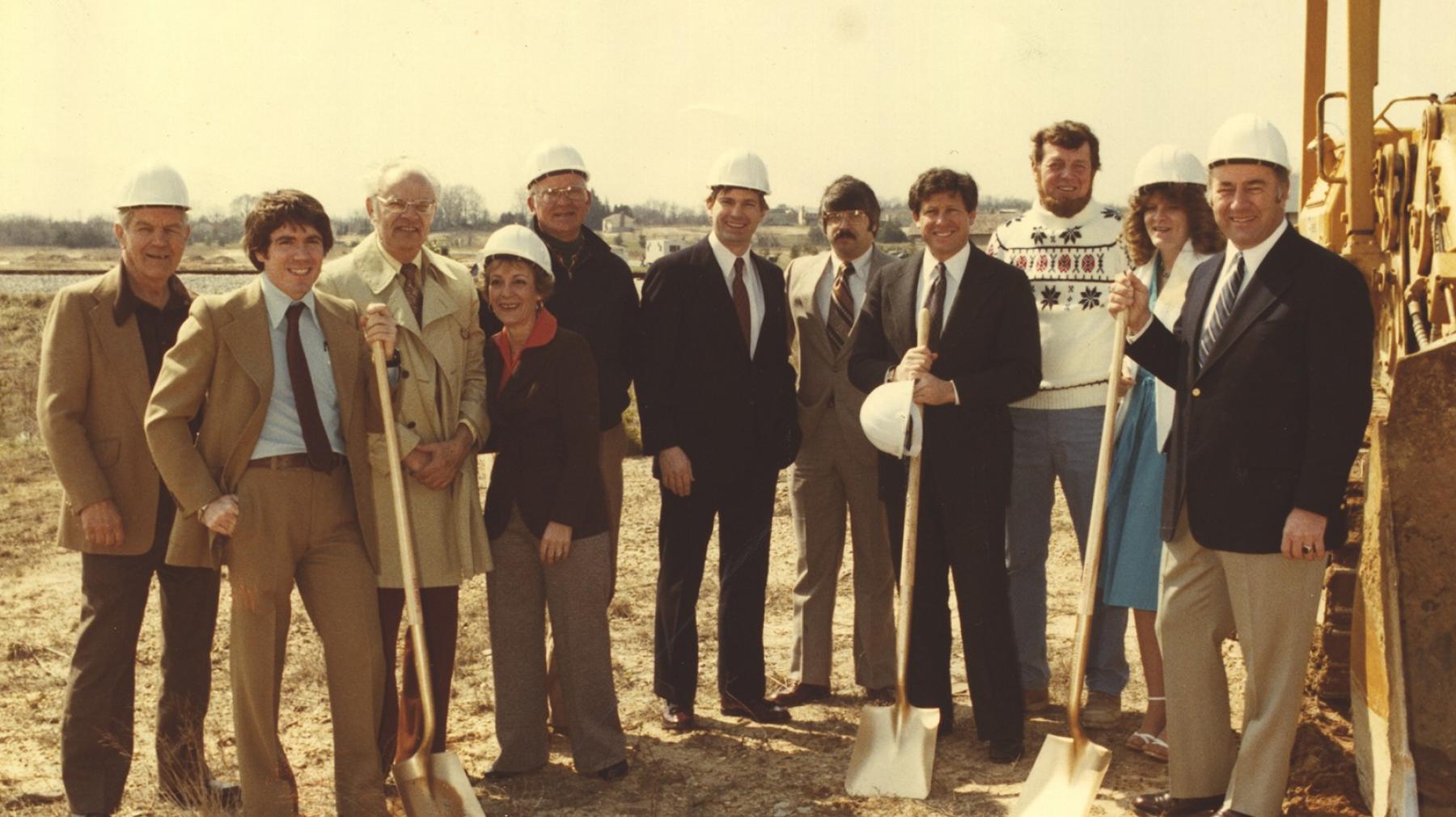Meet Our Team

Gary Swatko

Dan Pallace
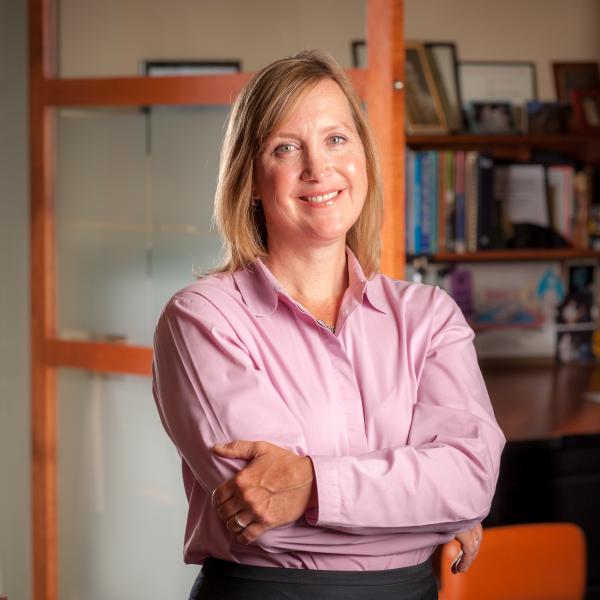
Gena Scaggs McNichol
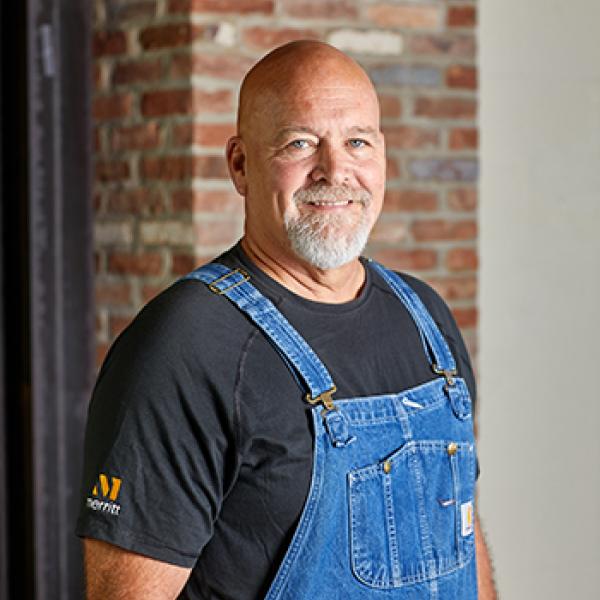
Pat Myers
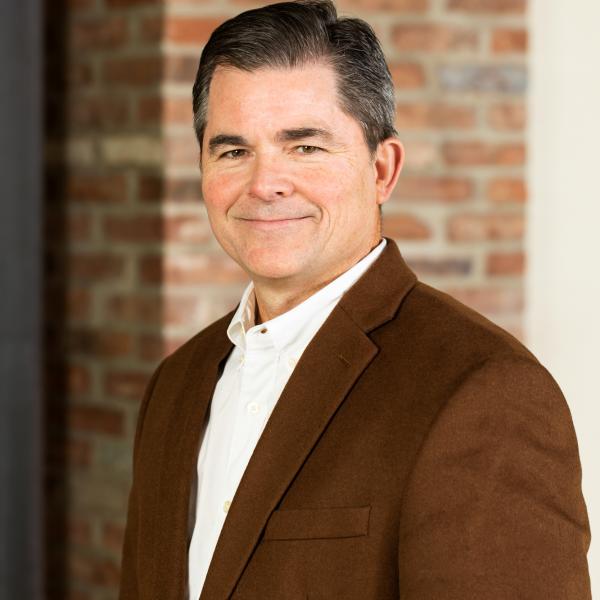
Stuart Foard
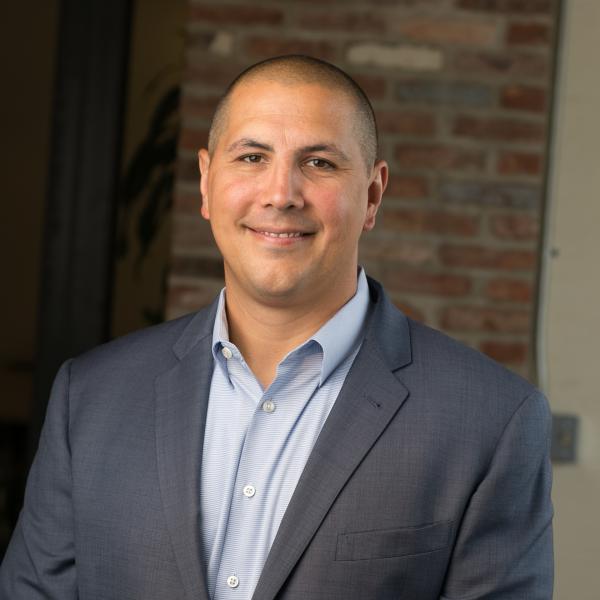
Josh Asbury
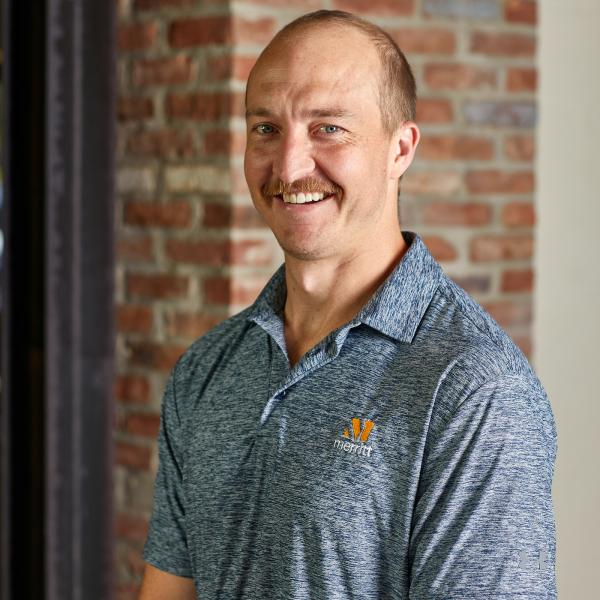
Tristan Kesting
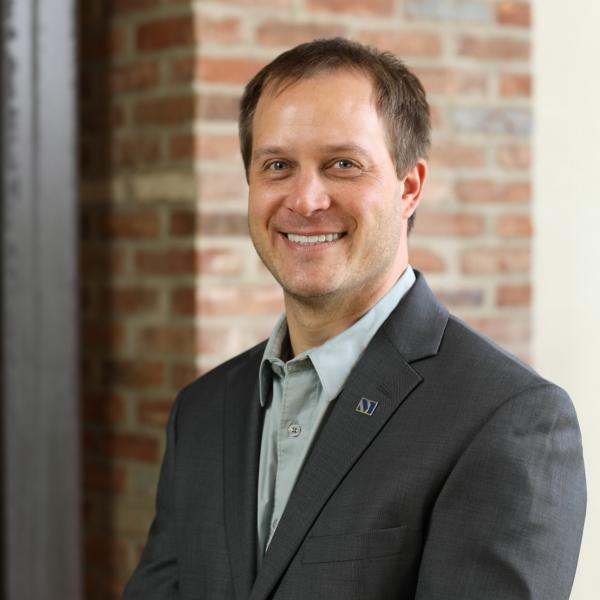
Jason Blotzer

Chris Bonomi
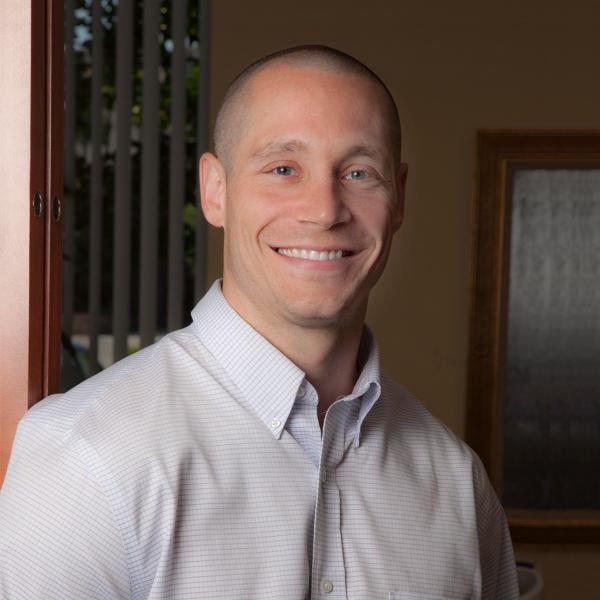
Eric Dunn
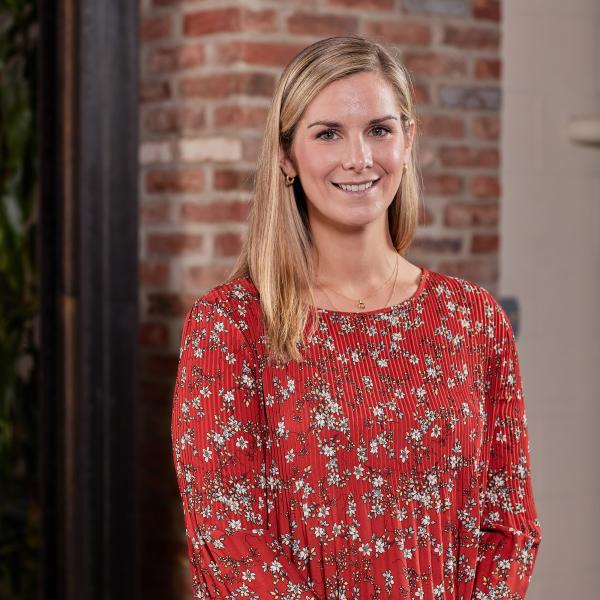
Ell Toth
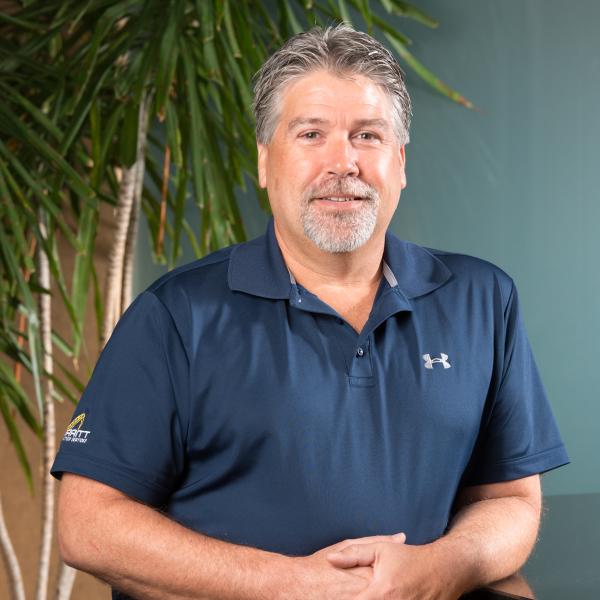
Marc Esteppe
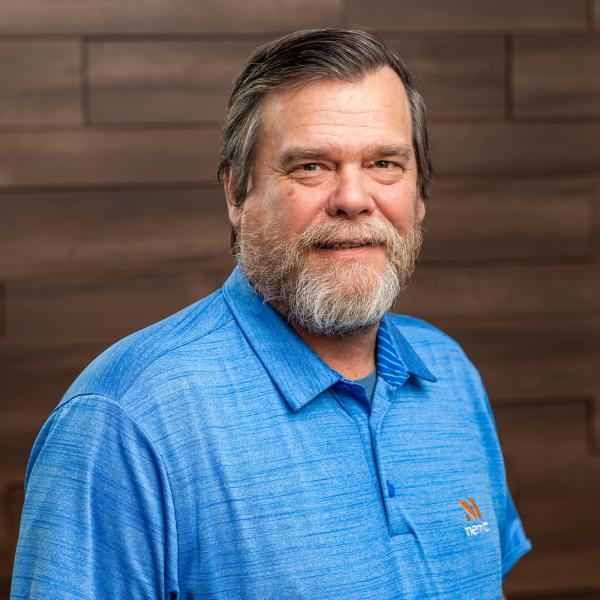
Keith Niepokoj
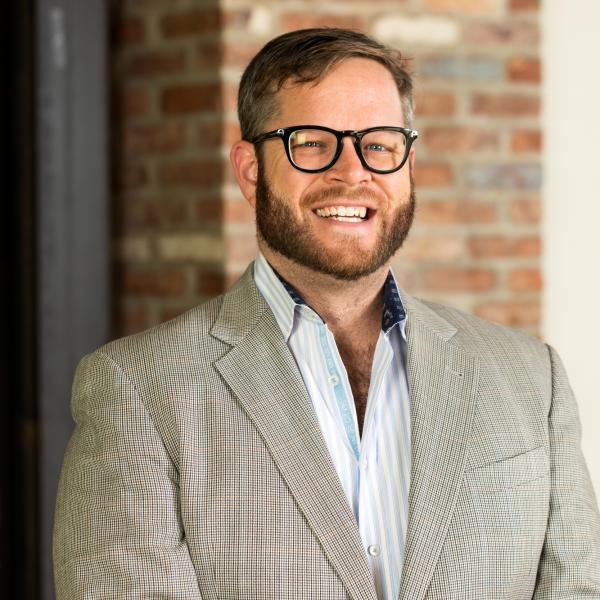
Nathan Robb
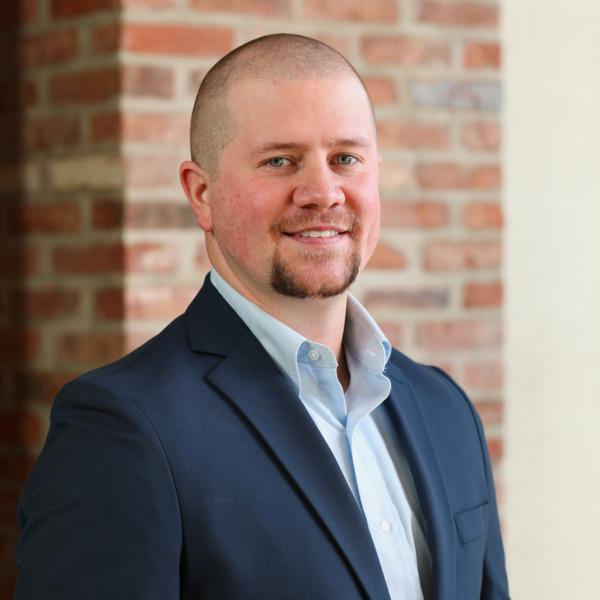
Zach West
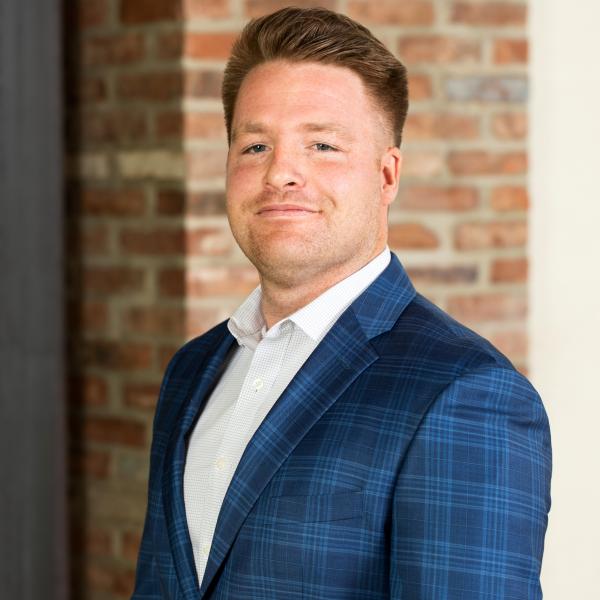
Matt Dean
Alex Mawry

Burpee
Company
Timeline
-
1930
Leroy Merritt Born in Depression-era Dundalk, Maryland
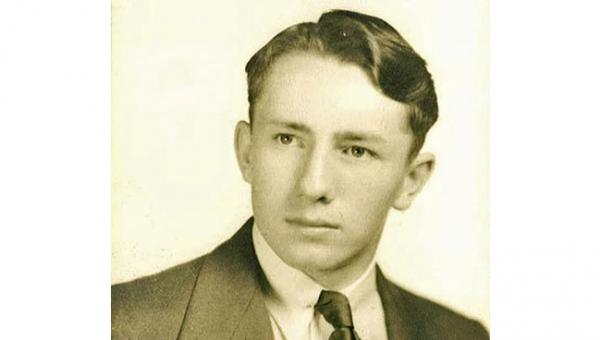
Born in 1930, Leroy is raised in a blue collar area dominated by the local steel mill and shipyard. As a young boy working in his parents’ restaurant during the Depression, Leroy learns early the importance of pitching in, working hard and taking care of your customers. With a strong work ethic and aspirations beyond a job in the steel mill, Leroy earns a Senatorial Scholarship to attend Western Maryland College where his entrepreneurial spirit leads him to his first business venture—selling hotdogs and sandwiches in the dorms at night after the cafeteria closed. During summers home from college, he is given his start in construction, working for his uncles who had established a masonry business after returning from World War II.
-
1953
Leroy Merritt Begins Building Houses
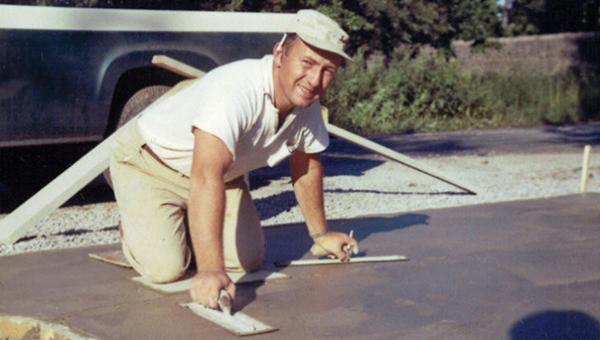
After graduating from college and serving the two-year teaching commitment required by his scholarship, Leroy begins building houses, often on spec. He builds more than 60 homes in 10 years.
-
1967
Leroy Merritt Partners with Ed St. John
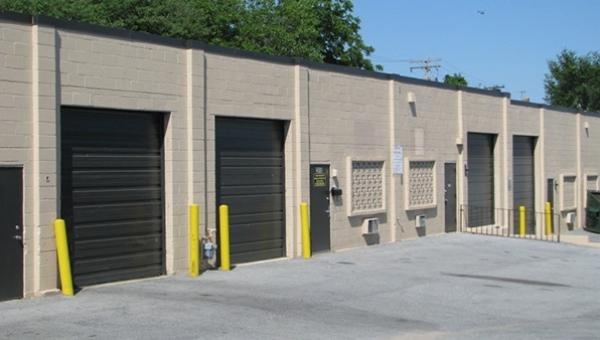
In search of an honest builder with whom to partner on apartment buildings, Ed St. John is pointed to Leroy. The two agree to work together. However, instead of apartment buildings, they decide to take advantage of the burgeoning demand for rental warehouse space, a revolutionary concept at the time. They complete their first building—16,000 square feet at 2900 Stafford Street—in southwest Baltimore City, which begins a four-year collaboration between the two men.
-
1971
Leroy and Ed Divide the Company

After four years, Leroy and Ed recognize that they each have their own unique philosophy on business and agree to split the company. Rather than employing a cast of lawyers and accountants, Ed divides the properties into two groups, and Leroy chooses. They move forward separately, each building successful commercial real estate companies and remaining life-long, friendly competitors. After the split, Leroy moves his company into its first offices on Brighton Avenue.
-
1972
Scott Dorsey joins the company
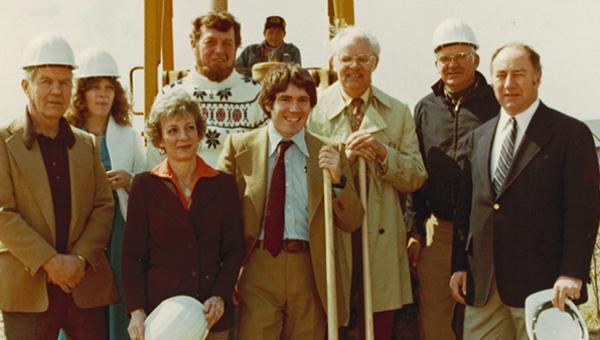
Scott Dorsey, Leroy’s cousin, joins Leroy’s new company after having spent 5 summers with his father’s concrete company pouring floors for Ed and Leroy’s warehouses. For years, Leroy and Scott share a “desk” made from a door set atop filing cabinets. This allows Scott to learn first-hand Leroy’s approach to business and gift for building long-lasting relationships with customers and vendors alike.
-
1972
First mansard roof installed at Aylesbury Business Center

Wishing to make his simple brick warehouses look a little nicer for his customers, Leroy decides to add a mansard roof to two buildings at Aylesbury Business Center. He is surprised to receive a call from the county, expressing concern that the roof may not meet code requirements. While meeting with county officials to review the mansard, a senior official suggests to Leroy that the issue can easily be resolved with a $5,000 contribution to the county executive’s re-election campaign. Leroy refuses and spends over $13,000 fighting the county. He prevails and to this day, the mansard roof is a signature design element on Merritt buildings. The mansard also becomes a symbol to Merritt employees, reminding them of Leroy’s mantra to do what’s right, not what is expedient.
-
1977
Merritt’s mansard logo is born
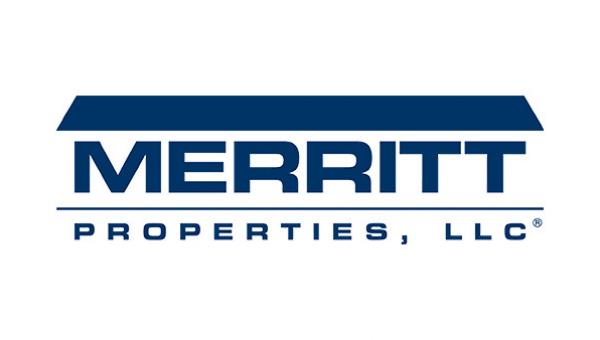
As a recognizable feature on Merritt buildings and a symbol of Leroy’s basic business principles, the mansard roof is incorporated into the company’s logo.
-
1977
Leroy opens his first athletic facility, the Towson Court Club
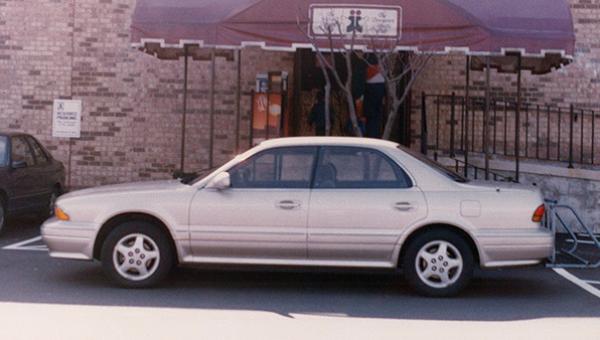
At the forefront of the racquetball craze, Merritt is approached to lease space for courts in Towson, MD. Unfortunately, once the space is completed, Leroy learns that the investors have backed out of the deal. Recognizing a new opportunity, Leroy takes over the business and opens the first Merritt racquetball facility, the Towson Court Club.
-
1978
Merritt Enters the Computer Age
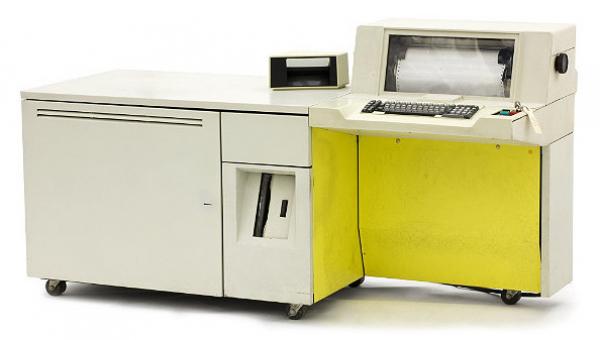
Always interested in new technologies and the efficiencies they bring, Merritt adds the IBM System 32 to the office.
-
1979
Annapolis Club Opens
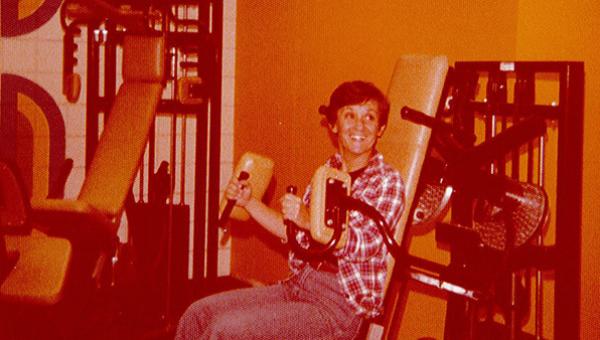
The Towson Court Club is a success. As the racquetball craze continues, Merritt decides to open another court club. The Annapolis Club opens. Merritt decides to capitalize on the social aspect of racquetball and adds a full-service bar to the club for members. It’s a hit.
-
1980
Merritt moves corporate offices to Security Boulevard and opens Security Club
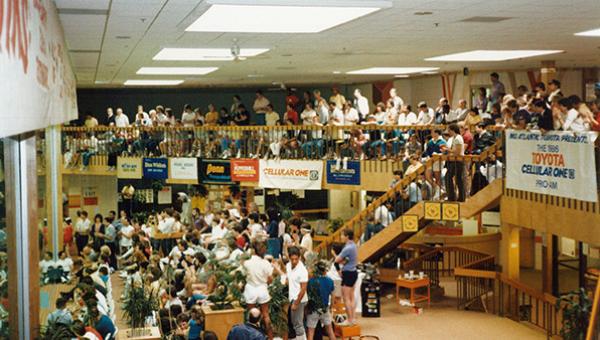
Merritt opens its third court club. The Security Club is the site of many national racquetball championship matches. Some of these matches are televised.
-
1986
Merritt builds its first multi-story office building in Timonium

Wanting to bring a first-class office building to customers in the suburbs, Merritt builds Timonium I & II with high-end finishes and building amenities expected in a downtown office.
-
1986
Clubs evolve from racquetball to full-service clubs
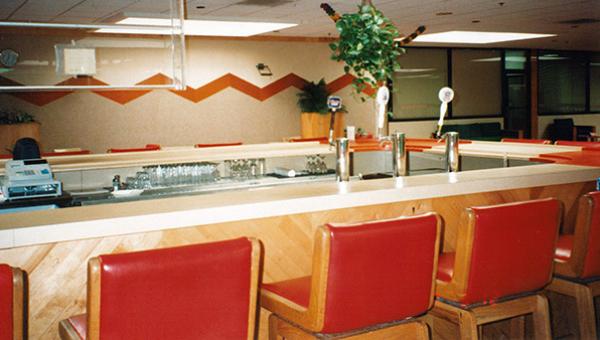
As the racquetball craze begins to wane, the clubs take advantage of new fitness trends and shift to full-service Athletic Clubs.
-
1987
Merritt’s first historic renovation at 729 E. Pratt Street
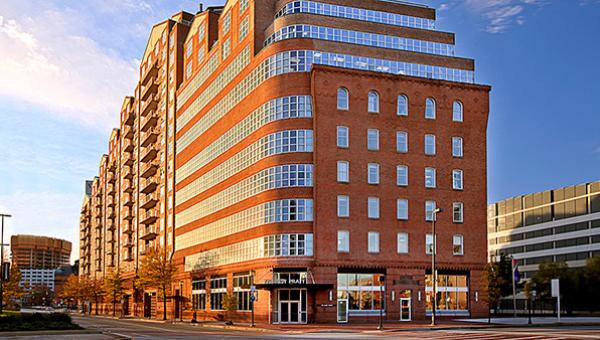
Dating back to the late 1800s, this iconic waterfront building originally served as home to the Scarlett Seed Company. Merritt transformed the building, combining unique office and retail spaces that integrate contemporary design with the historical architecture and industrial character of the original building.
-
1989
Robb Merritt joins the company
After graduating college, Robb Merritt joins his father’s company, learning the business from the ground up as Leroy had. He begins his career on the field construction crew.
-
1989
Downtown Athletic Club Opens
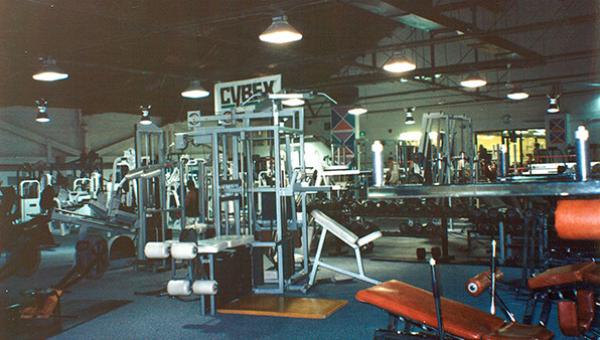
Merritt takes over the Downtown Athletic Club. This historic building was a former train repair station in the early 1900s. Members can still see the arches of the building where trains were brought in for repair. The building has the only wooden roof truss system in the state.
-
1990
Merritt completes its first retail project, Columbia Marketplace
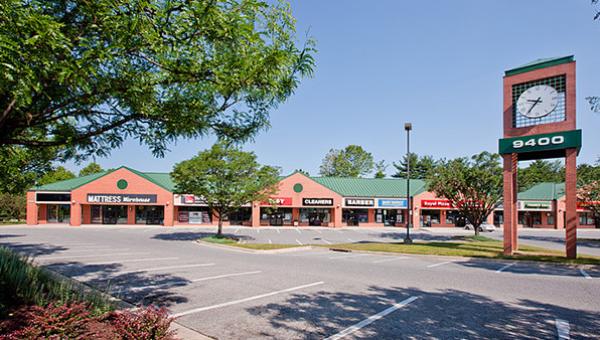
-
1990
Merritt begins its first office park, Columbia Corporate Park
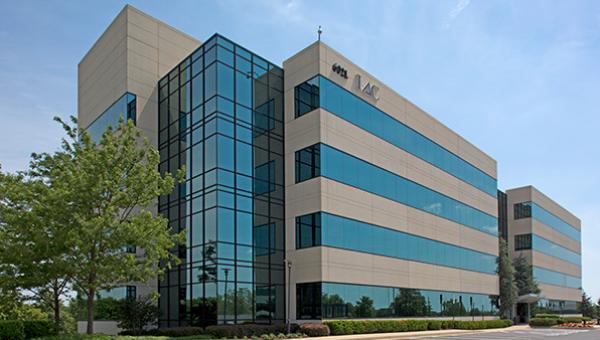
Situated in the heart of the burgeoning Columbia business district, Merritt begins construction on an 18-acre park that will ultimately include five class A office buildings and retail.
-
1992
Recession hits the commercial real estate industry

With the collapse of the real estate market in the early 90s, Merritt’s 25th anniversary coincides with lean times. “Survive ‘til ’95” becomes the rallying cry. Even the company’s Christmas party consists only of a deli tray and beer, served in a vacant warehouse. While certainly not extravagant, the party is a celebration of the comraderie forged from facing adversity, and it becomes one of Robb Merritt’s favorite memories.
-
1997
Merritt partners with Rothschild Realty
With a rebounding economy, Scott Dorsey and Robb Merritt travel to New York to seek equity that will allow the company to take advantage of greater development opportunities. What begins as an 8-year investment from Rothschild Realty, grows into a long-term partnership that continues today.
-
1998
Merritt holds its first corporate retreat
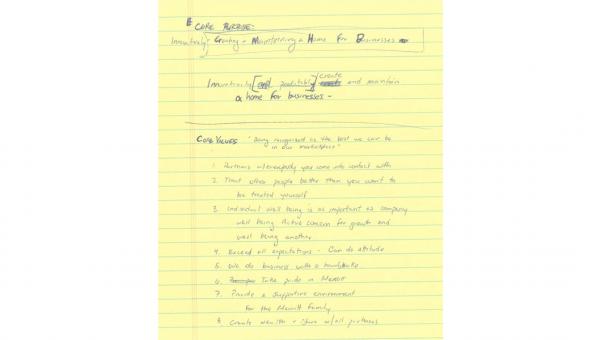
Working with a facilitator, the Merritt team codifies its core values and tagline, “Creating Homes for Businesses.”
-
1999
Merritt opens Virginia Office
Seeing another opportunity in the growing market of Loudoun County, Merritt begins expanding beyond Maryland into Northern Virginia. Opening the Virginia office at Ashbrook.
-
2000
A new role for Leroy
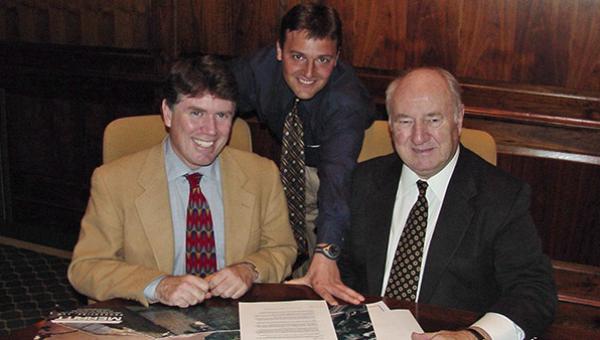
Leroy steps away from day-to-day operations, dubbing himself the CFO, Chief Fun Officer. Scott and Robb take over leadership.
-
2000
Business is booming
Merritt kicks off the new millenium with a building boom, completing 16 new properties with more than 1 million square feet in the year 2000 alone.
-
2000
Eldersburg and Fort Avenue clubs open

Merritt realizes the increased competition of health clubs in Maryland and decides to start branching off into the family marketing. They start construction on their first family-oriented Club in Eldersburg. The 75,000 square foot facility features a day care, children’s dance studio and two indoor pools. The revitalization of some areas in Baltimore City also makes the Federal Hill area very desirable. Merritt opens another location on Fort Avenue in Locust Point that same year.
-
2001
Owings Mills Club opens
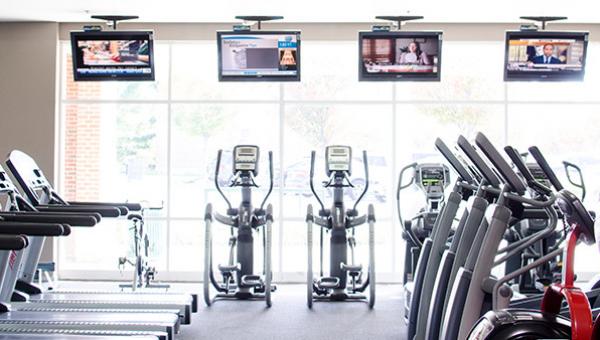
-
2002
Leroy receives the NAIOP Lifetime Achievement Award
-
2003
A hometown company. A hometown team.

Merritt becomes an official sponsor of the Baltimore Ravens.
-
2003
Canton and Cranbrook clubs open
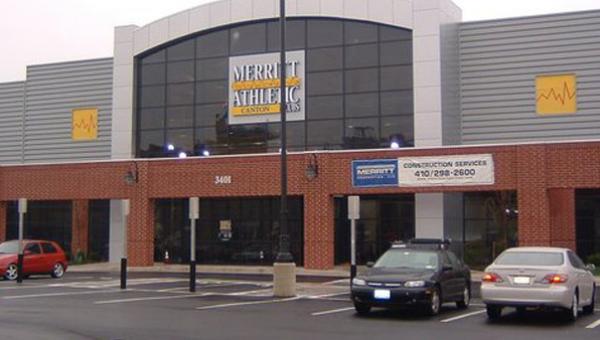
-
2003
Merritt’s Fort Avenue club moves to The Foundry
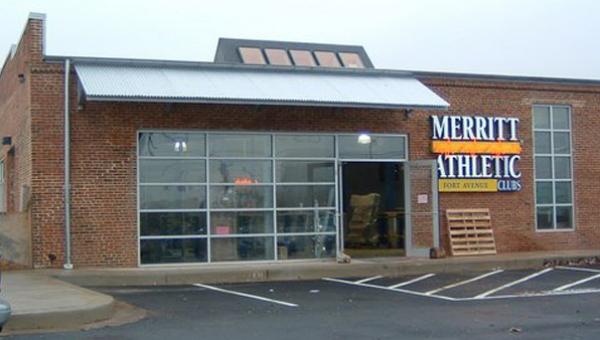
Merritt moves the Fort Ave location from a shopping center to The Foundry, a building owned by Merritt Properties. The club membership has grown so much more space is needed.
-
2010
Leroy Merritt passes away
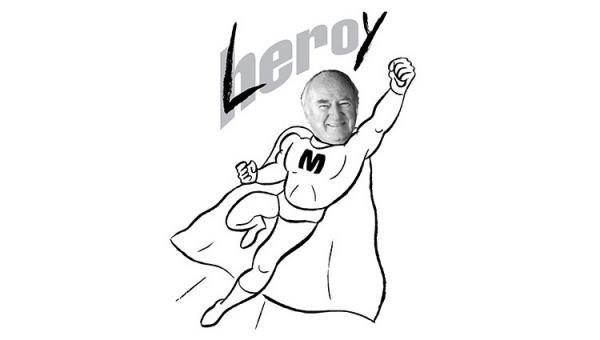
The loss of Leroy’s legendary warmth and humor is tremendous, but his ethics and approach to business continue to steer the company forward.
-
2013
Merritt wins Business Philanthropy Award for charitable and volunteer work
-
2014
Scott receives the NAIOP Lifetime Achievement Award
-
2014
White Marsh Club opens

The White Marsh area is shown to be a popular family market with little competition for Clubs. Merritt Properties buys a parcel of land and Merritt Construction builds the White Marsh location. The 55,000 square foot facility features an outdoor pool, large kids center and indoor cardio movie theater.
-
2014
Merritt completes 7th LEED building
Merritt notches its seventh LEED-certified building, leading the way in Maryland.
-
2015
Canton Club expands
Major expansion of Canton Club planned alongside development in region.
-
2016
50 years of service
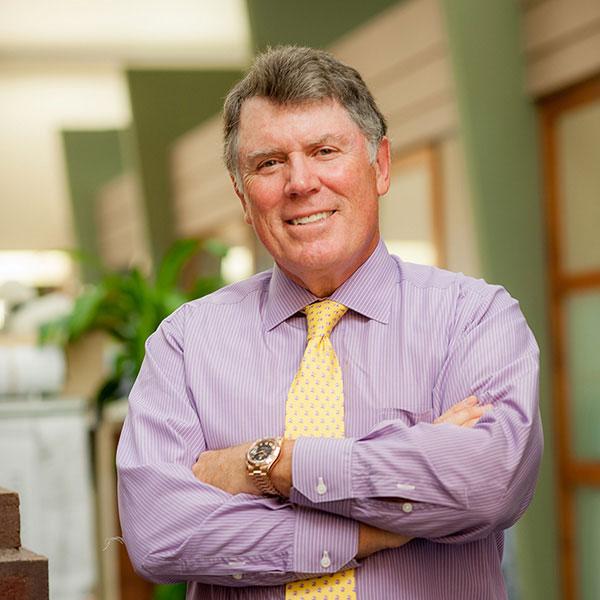
Scott Dorsey
Chairman & CEO
Focusing on strategic planning and long-term goals for Merritt, Scott oversees relations with financial institutions, government agencies, economic development organizations and industry groups. He joined the company in 1972. Scott is Chairman of the Board of the Maryland Economic Development Corporation and the Maryland Free Enterprise Foundation (formerly Maryland Business for Responsive Government) and sits on the Board and Executive Committee of the Greater Baltimore Committee. He serves on the Board of Directors for the Baltimore County Economic Development Commission, and also the Baltimore County Economic Development Advisory Board, the Caves Valley Golf Club Foundation, Junior Achievement of Central Maryland, and Baltimore Life Coaches, a program mentoring young men and women in Baltimore City. His involvement also includes the M&T Bank Greater Baltimore/Washington Directors’ Advisory Council. In addition, he is a member of the board of Stevenson University, a former member of the board of McDonogh School, and served on the Maryland Commission on Innovation & Excellence in Education (The Kirwan Commission) since its inception in September 2016. He is also a member of the National Association of Industrial and Office Properties (NAIOP), the Institute of Real Estate Management (IREM) and the Urban Land Institute (ULI). He holds a Bachelor of Arts from Cornell University and an MBA from Loyola University in Maryland.
Robb Merritt
President
Robb oversees daily operations and management of the company, having learned the development business from the ground up. He is former president of the Baltimore Chapter of the National Association of Industrial and Office Properties (NAIOP) and is currently a member of the Legislative Committee. In addition, Robb sits on TCP Venture Capital's Propel II and Propel III Funds Investment Committees and serves as a board member for the Living Classrooms Foundation and Signal 13 Foundation. A graduate of the University of Colorado, Robb received an MBA from Loyola University.
Latest News
Merritt Companies Receives Loudoun Chamber’s Community Leadership Award
Merritt Companies Receives Loudoun Chamber’s Community Leadership Award
Merritt Construction Services Wins Two Associated Builders & Contractors Awards
The Greater Baltimore Chapter of the Associated Builders & Contractors (ABC), a non-profit trade association, awarded Merritt Construction Services two Gold Excellence Awards at ABC’s Excellence in Construction Awards Program on October 12. Merritt’s expansion of Firaxis Games and renovation of Kings Court Shopping Center both received the…
Merritt Construction Services Starts Construction On Former Quest Diagnostics Site in Arbutus
New Light Industrial Park Will Accommodate Continued Demand for Warehouse Space
Merritt Construction Services Starts 30-Acre Mixed-Use Business Park in Owings Mills
High’s Signs On As First Tenant Merritt Construction Services announced today that it has started construction on Red Run Commerce Center in Owings Mills. Located at the intersection of Dolfield Boulevard and Red Run Boulevard, Red Run Commerce Center will be comprised of five flex/light industrial buildings, two in-line retail buildings or…
Merritt Construction Services Begins Work at Former General Motors Facility in Baltimore County
Merritt Properties, a Baltimore-based full-service commercial real estate development company with more than 17 million square feet throughout Maryland, Virginia, and North Carolina, announced today that it has purchased 10301 Philadelphia Road in White Marsh, Md., a former GM Baltimore Global Propulsions Systems site that opened in 2000 to…
Awards
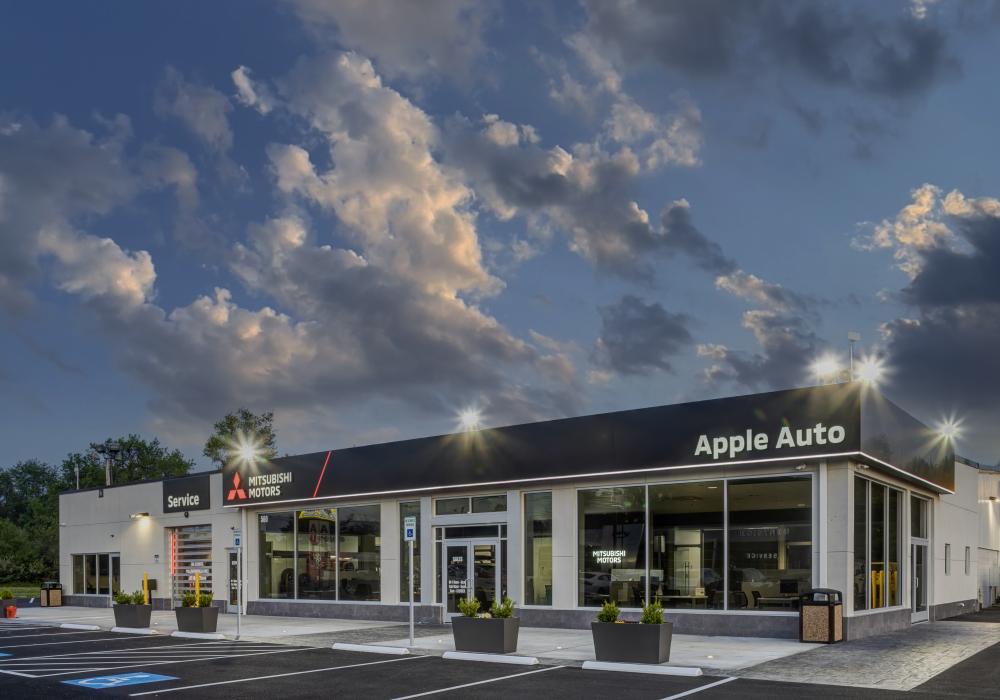
Platinum Excellence - Renovation - Apple Mitsubishi Elkton
Associated Builders and Contractors, Baltimore
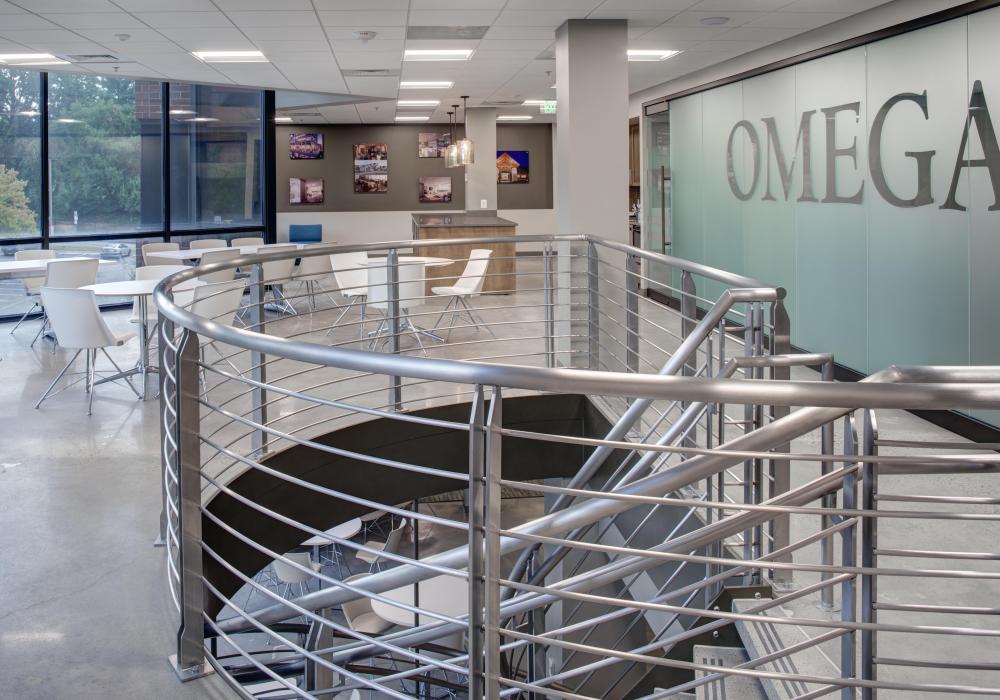
Platinum Excellence - Renovation - Omega Healthcare Investors Expansion
Associated Builders and Contractors, Baltimore
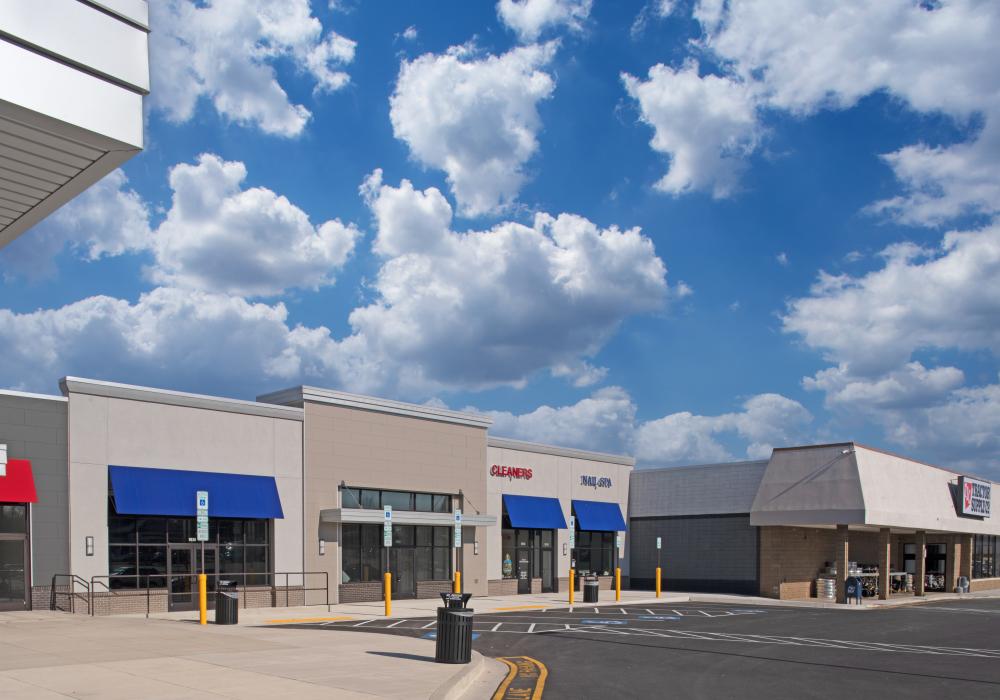
Gold Excellence - Renovation - Kings Court Shopping Center Redevelopment
Associated Builders and Contractors, Baltimore
Charitable Programs
Leroy Merritt’s greatest legacy was his spirit of generosity, and we are honored to carry on this tradition.
Our charitable giving focuses on providing for the immediate needs–food, clothing and shelter–of disadvantaged women and children in Maryland and Northern Virginia.
To apply for a grant, 501(c)3 organizations should submit a request detailing the program, budget and specific measurements or success stories. Please also provide your most recent IRS form 990.
Merritt Companies
One Family. Three Companies. Five Decades of Service.
Submit a Grant Request
We are always grateful to learn about organizations serving the immediate needs of disadvantaged women and children in the area. Unfortunately, we receive more than 800 grant requests each year and are simply unable to fulfill them all. Therefore, we ask that you ensure that your request falls within our mission statement prior to submitting.
We accept requests on a rolling basis throughout the year, and they are reviewed on a quarterly basis. Please email your completed request to [email protected]. Thank you for your service to our community.
